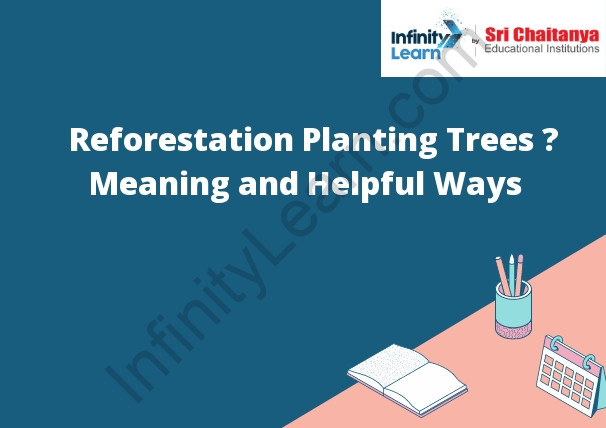Table of Contents
Reforestation Meaning
Reforestation is the natural or artificial process of replanting trees in an area where they have been cut down or destroyed. There are many reasons why people might choose to reforest an area. One reason might be to help prevent erosion, which can be caused by rain and wind when there are no trees to hold the soil in place. Reforestation can also help to improve air quality, because trees produce oxygen and help to trap harmful pollutants. Additionally, reforestation can create new habitats for animals, and help to regulate the climate.
Reforestation is the natural or intentional restocking of a forest or wooded area, usually after deforestation. It is the natural process of growth and regeneration of a forest. Reforestation can be done by planting new trees, encouraging natural regeneration, or a combination of both.
Reforestation is an important tool for fighting climate change. Trees absorb carbon dioxide from the atmosphere and store it in their tissues. By planting trees, we can reduce the amount of carbon dioxide in the atmosphere and help to combat climate change.
Reforestation also has other benefits. Trees provide shade and shelter, which can help to reduce the effects of the sun and heat. Trees also help to prevent soil erosion, and they provide a habitat for animals and plants.
Reforestation is an important tool for combating climate change, and it has other benefits as well. I think it is important to plant trees, and I would like to see more reforestation projects in the future.ture.

Reforestation and Afforestation
Reforestation and afforestation are two terms that are often used interchangeably, but have different meanings. Reforestation is the natural or artificial regeneration of a forest, while afforestation is the planting of trees in an area where there was no forest before.
Reforestation is important for many reasons. Forests provide many benefits, such as clean air and water, wildlife habitat, and recreational opportunities. They also play an important role in climate change mitigation and adaptation. Reforestation helps to offset deforestation, which is the loss of trees from a forested area. Deforestation can occur for many reasons, including fires, logging, and development.
Afforestation is also important, because it helps to restore ecosystems that have been damaged by deforestation or other human activities. It also helps to sequester carbon dioxide, which is a greenhouse gas. Trees absorb carbon dioxide from the atmosphere and store it in their leaves, branches, and roots. When the trees die or are harvested, the carbon dioxide is released back into the atmosphere. Afforestation can help to reduce the amount of carbon dioxide in the atmosphere and mitigate climate change.
Both reforestation and afforestation are important for mitigating climate change and restoring ecosystems. Reforestation is important for providing many benefits, such as clean air and water, wildlife habitat, and recreational opportunities. Afforestation is important for sequestering carbon dioxide and restoring ecosystems.





